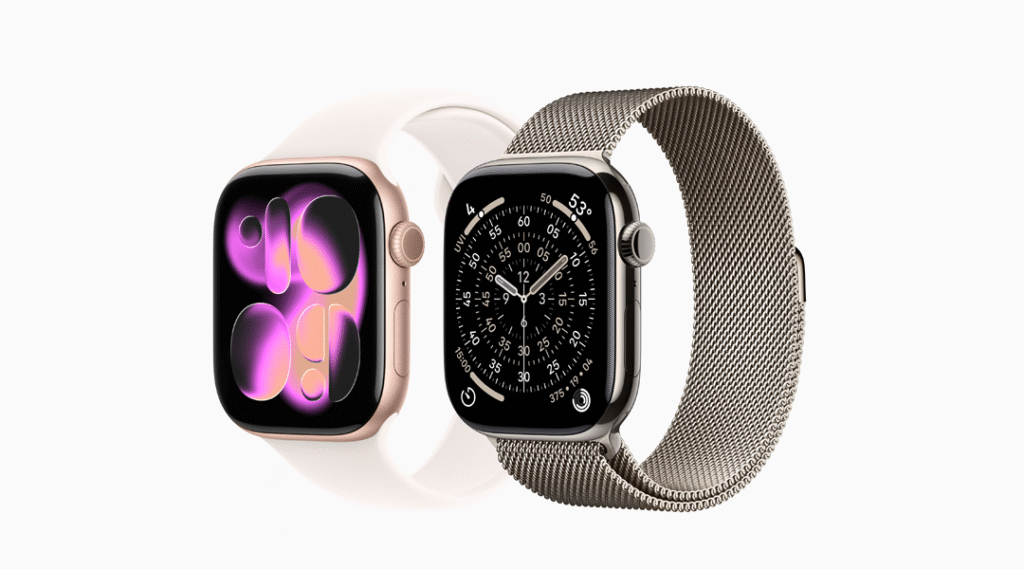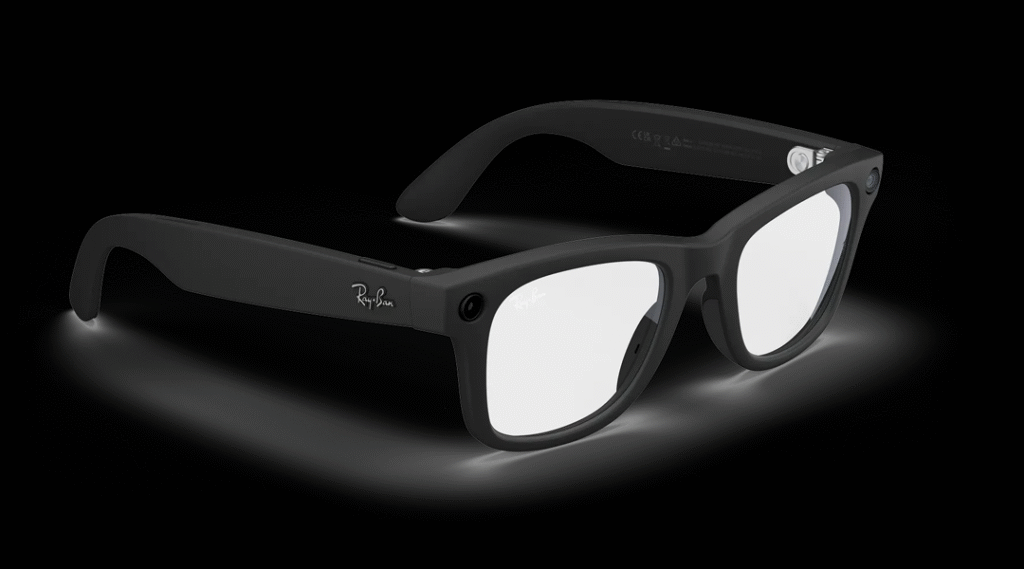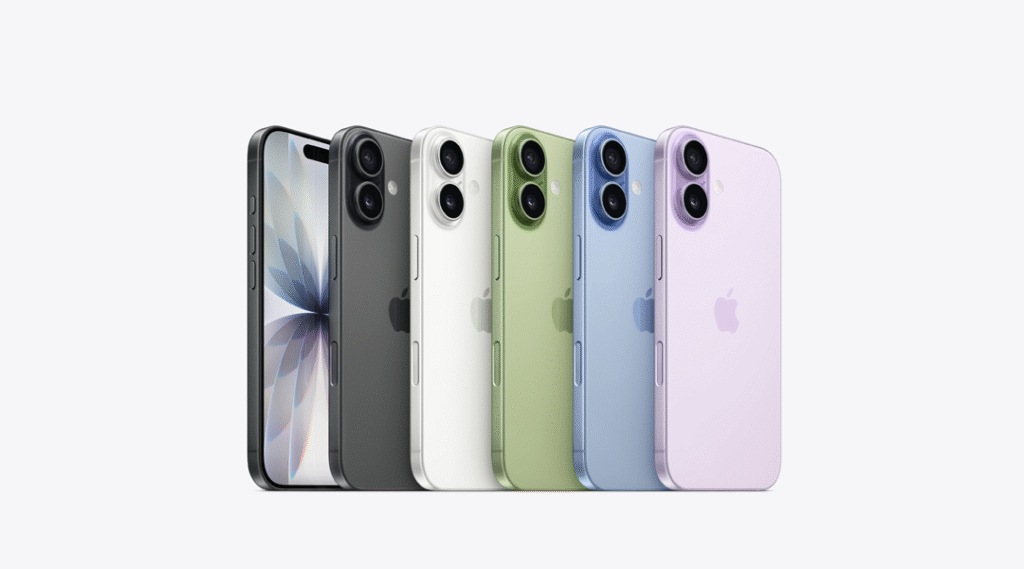The past decade has been defined by the rapid rise of smart devices that seamlessly integrate into our lives. From smartphones to smartwatches, and now AI-powered glasses, the competition in the AI and smart IoT (Internet of Things) space is intensifying. Each device represents not only a hardware category but also a vision for the future of human–technology interaction. The question is: which one will ultimately dominate the market—smartwatches, smartphones, or AI glasses?
Smartphones: The Proven Leader
Smartphones remain the central hub of our digital lives. With more than six billion users globally, smartphones already serve as the control center for most IoT devices, from connected cars to home automation systems. Their advantages are clear:
- Ecosystem dominance: Both Apple and Android ecosystems thrive on smartphones, ensuring their centrality in consumer habits.
- Mature AI integration: From Siri and Google Assistant to advanced camera AI, smartphones are increasingly powered by artificial intelligence.
- Ubiquity: The sheer adoption rate of smartphones makes them indispensable.
However, smartphones are also facing a plateau. Hardware innovation has slowed, and consumer replacement cycles are lengthening. While they will remain dominant for years, their ability to revolutionize daily interactions may be limited compared to newer devices.

Smartwatches: The Companion Device
Smartwatches have grown steadily, carving out their niche as health and fitness companions. Apple Watch, Samsung Galaxy Watch, and Fitbit devices highlight the power of compact wearables in capturing real-time data. Their strengths lie in:
- Health monitoring: From heart rate tracking to ECG and blood oxygen measurement, watches are becoming health guardians.
- Convenience: Quick notifications, contactless payments, and voice interactions allow users to minimize phone dependency.
- IoT gateway: As wrist-based wearables, smartwatches act as convenient interfaces for broader IoT ecosystems.
Yet, their limitations are clear. Smartwatches are rarely standalone devices; they rely heavily on smartphones for connectivity and processing power. While AI integration has improved—think predictive health monitoring and sleep analysis—the smartwatch category is unlikely to eclipse smartphones or AI glasses in shaping the future of AI-driven interfaces.
AI Glasses: The Emerging Challenger
AI glasses are the newest contender and perhaps the most disruptive. Companies like Meta, Google, and Apple are exploring or already launching AI-enhanced eyewear. These devices promise to overlay digital intelligence seamlessly into daily life. Their potential lies in:
- True hands-free experience: Unlike smartphones and smartwatches, AI glasses allow for constant access to information without pulling out a device.
- Augmented intelligence: By blending augmented reality (AR) with AI, glasses can translate languages, provide real-time navigation, or identify objects instantly.
- Natural interface: Voice and visual input create an interaction method more aligned with human perception.
The hurdles, however, are significant. Privacy concerns, battery life, high production costs, and the social stigma of wearing technology on one’s face remain barriers to mass adoption. Nonetheless, if these challenges are overcome, AI glasses could redefine human–machine interaction in a way neither smartphones nor smartwatches can match.

The Likely Winner: A Layered Future
Declaring a single “winner” in the battle of AI and smart IoT devices oversimplifies the landscape. Instead, the future will likely be layered, with each device serving distinct roles:
- Smartphones as the hub: They will continue to serve as the control center and processing powerhouse.
- Smartwatches as health and notification tools: Watches will deepen their focus on wellness and quick interactions.
- AI glasses as the next frontier: Glasses have the potential to become the most transformative device if technological and societal barriers are resolved.
In the near term, smartphones will remain dominant simply because of their ubiquity and ecosystem lock-in. However, in the longer term, AI glasses have the highest potential to disrupt the hierarchy, much like how smartphones once displaced feature phones.
Not A Zero-Sum Game
The battle among smartphones, smartwatches, and AI glasses is not a zero-sum game. Instead, it represents an evolutionary cycle in how humans interact with technology. Smartphones are the proven leaders, smartwatches are reliable companions, and AI glasses are the daring disruptors. If AI glasses can overcome adoption barriers, they may well become the defining device of the next decade, bringing the age of ambient, AI-driven computing to life. Until then, smartphones will hold their throne, while smartwatches quietly thrive on the wrist.
More Articles Related to the Topic:
AR, AI, and VR Glasses: Who Will Be the Winner of the Next Computing Frontier
If Meta Will Dominate the AI Glasses Market
From Screen to Lens: Can AI Glasses Truly Take Over the Role of Smartphones?
Wearing the Future: Why Smartwatches Are the Ideal Gateway to AI and IoT for Everyone
Wrist Wars: Who Will Triumph in the Smartwatch Arena—Apple, Samsung, or Huawei?
As for in-depth insight articles about AI tech, please visit our AI Tech Category here.
As for in-depth insight articles about Auto Tech, please visit our Auto Tech Category here.
As for in-depth insight articles about Smart IoT, please visit our Smart IoT Category here.
As for in-depth insight articles about Energy, please visit our Energy Category here.
If you want to save time for high-quality reading, please visit our Editors’ Pick here.



